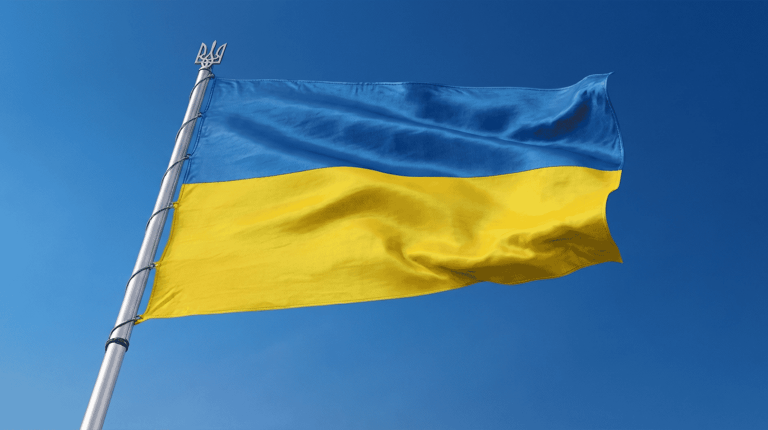About three years after its purchase and installation, the state-of-the-art firefighting simulator equipment is still idling away at the Nigerian College of Aviation Technology (NCAT), Zaria, Kaduna State.
Though it has since been mounted at the fire training section of the institution, its continued lack of accessories, water hydrant and standard access road have kept the revenue earning N5.4 billion automated simulator redundant.
The Federal Government in April 2019 acquired the firefighting simulator made by Messrs Alpine Metal Technology Company, United Kingdom, at the cost of £11.5 million.
The simulator, the first of such in Africa, is a modern multi-scenario firefighting equipment capable of delivering training on 28 different types of fire and non-fire operational incidents involving aircraft, in the aerodrome, and its vicinity. The full aircraft-size equipment was acquired to enhance safety, cut capital flights of training firemen overseas and earn revenue from rendering services to foreigners.
But a visit to the institution recently showed it still inactive, though the equipment, its control room and supply channels are ready.
Assistant Chief Instructor of the fire department, Sarki Jacob, said the Federal Government made the right investment with a capacity to earn several millions of naira yearly from training and retraining firefighters.
Jacob noted that the accoutrements are expected in the second phase of the project and had started arriving to complement the dynamic facility.
NCAT Rector, Capt. Alkali Moddibo, added that the delay in usage was not unconnected with the mandatory requirement for its certification and supply of accessories.
Moddibo explained that the simulator was undergoing the stage-two of its certification by the Nigerian Civil Aviation Authority (NCAA).
“NCAA cannot give you the certificate until you are through with all the processes, which we are working hard on. As soon as the second phase is completed, the machine would be put to use.
“The firefighting tender (E1) that we have is one of the best equipment you can find anywhere. But it is so big that the fence, the access road and the culvert are challenges for that machine to be used at that place (firefighting simulator section). NCAT is making another provision for a smaller fire tender to put the fire simulator to use.
“Also, electricity at that part of the college is being worked on with funds approved in phases. In essence, we are going to take electricity from the completed Boeing 737 aircraft building and deliver the same to the firefighting simulator side. I think we are almost done with that,” Moddibo said.
The Rector said further that the college of excellence is witnessing a general facelift in the area of infrastructure, with more training aircraft expected in 2022.
Currently, the institute has 20 aircraft of different makes like Diamonds, Tampicos and Beech Baron 58.
“We are looking at getting more Diamond aircraft. Seven of the Diamond aircraft were supplied in 2020. This year, we will be taking delivery of two of the Diamond aircraft – both double and single engine.
“Presently, we have about 20 serviceable aircraft at the college, and are enough to train students at any given time. Like I said earlier, we intend to take delivery of more airplanes this year. We will take one in February and another in April. The Diamonds will be about 15 in all.
“They (Diamonds) are advanced cockpit. We have the latest technology that you can find in any machine in it and it uses Jet A1, which is cheaper than the Aviation Gas (AvGas). Aviation gas is not easy to come by. We have to import it into Nigeria and that is what the Tampicos are using,” he using.
Moddibo said further that the aviation authorities and NCAT had taken steps to acquire Magnus aircraft that are powered by Premium Motor Spirit (PMS), also known as petrol.
“The advantages of that machine are: one, it is made from carbon fibre, very light and it uses PMS, like the one you use in your car. So, from AvGas, we went down to Jet A1 and we are also going into PMS. It is going to be less expensive to run with that aircraft.
“Something unique about that aircraft is that it has a parachute of its own. If you lose the (sole) engine, there is a parachute that you will pull and the engine will come out and the pilot will be able to land the aircraft with that parachute. With this, you have saved a life and the equipment,” Moddibo said.
(The Guardian)








